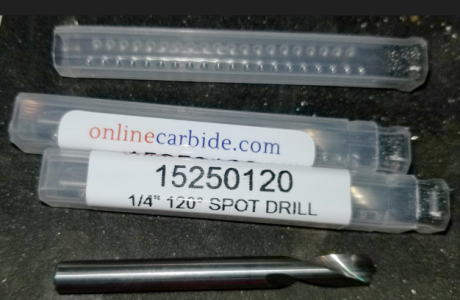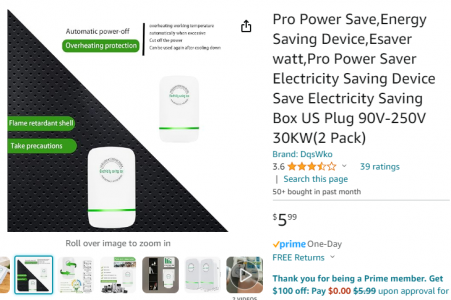- Joined
- Jun 10, 2019
- Messages
- 534
I would bet a beer that this is why folks have used center drills as spotting drills. You are 100% correct that if you just use initial narrow part of the center: it should be ok as a spotter for typical 118* drills. A center drill is pretty short with a relatively thick middle portion, which should mean it won't flex much (a good attribute of any spotting drill).I've read the same thing and typically use a center drill or a 120-deg. spotting drill. The tip of a typical center drill is ground to 118-120, then at the base of the shank a 60 deg angle. A center drill is fine as long as you just hit the tip.
The main 60* portion of a center drill isn't ideal as a spotter, and the tip wouldn't be ideal for drills w/ a 135* point angle (if you believe the hype...but does seems logical to me). Drill away!






